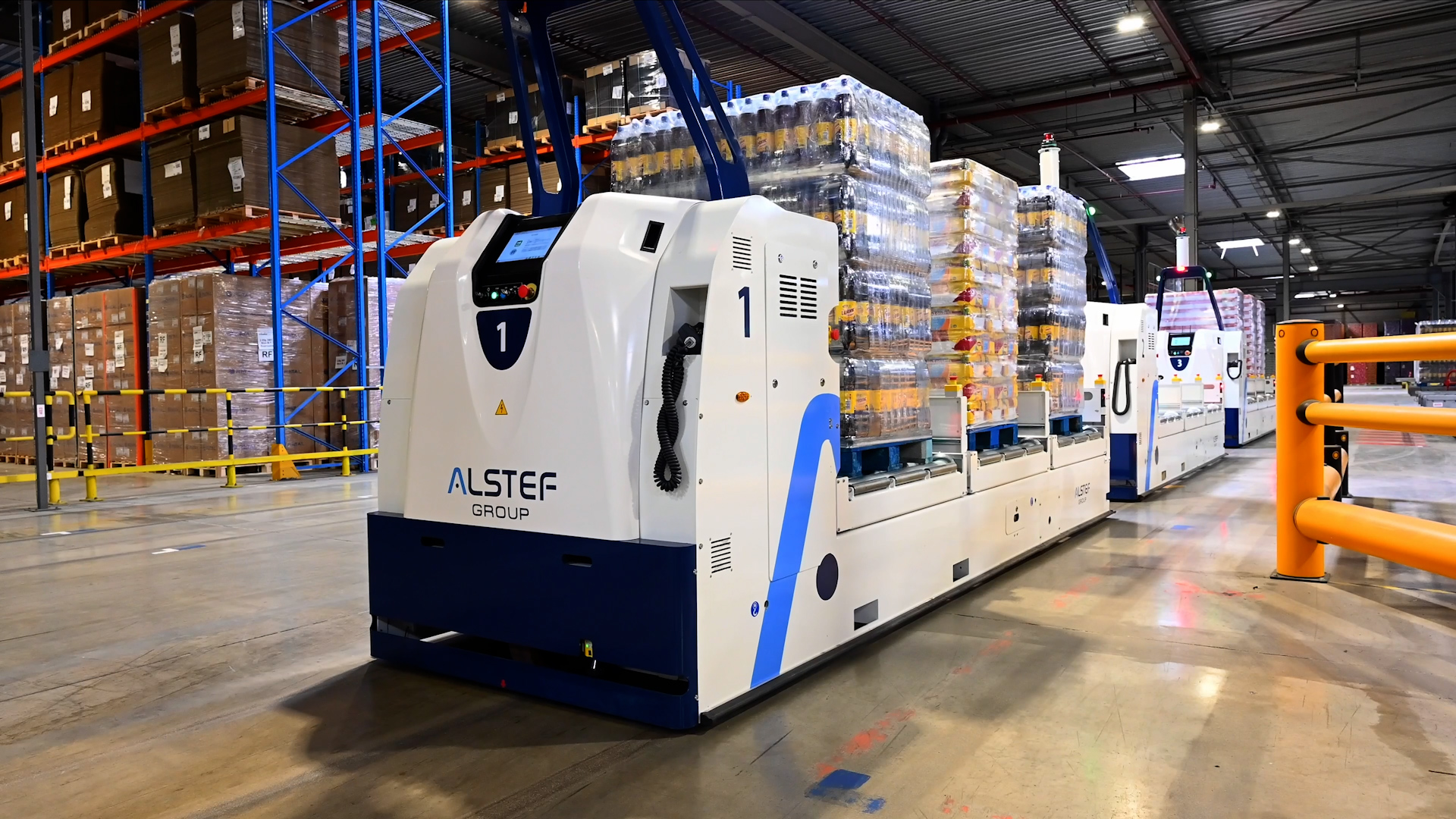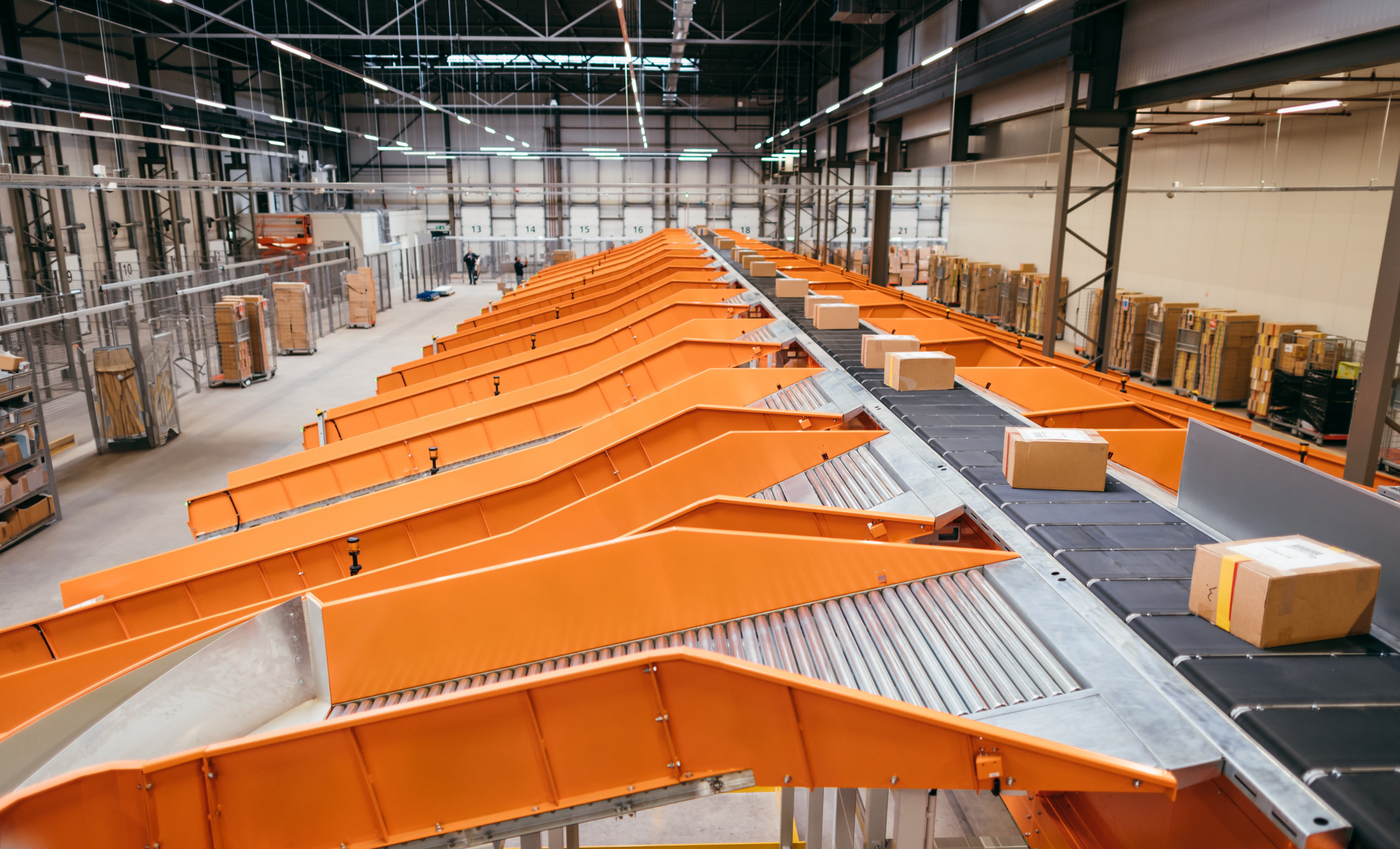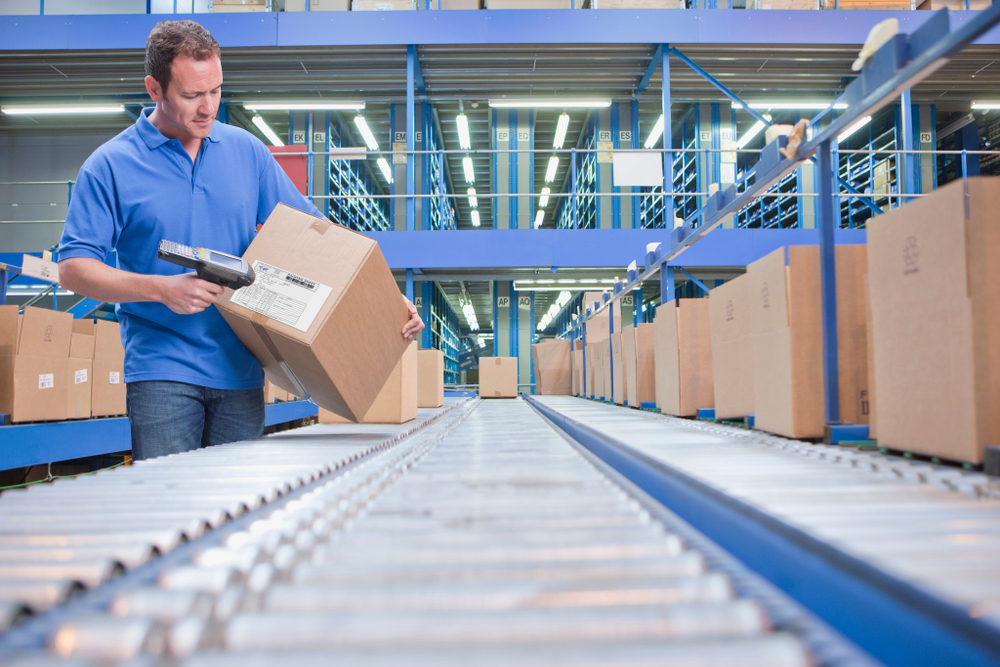Ardian, a private investment house, has announced it has entered exclusive negotiations to acquire a majority stake in Alstef Group, a leading provider of automated and robotic solutions for the airport, logistics and parcel sorting markets, alongside the Group’s management team and 260 employee shareholders. As part of this transaction, the founders (Pierre Marol and Jean-Luc Thomé) and Future French Champions, the joint venture between Qatar Investment Authority (QIA) and Bpifrance, will also reinvest in the company.
Founded in 1961 and headquartered near Orléans in France, Alstef Group is an established player in the design, integration and supply of equipment and proprietary software for intelligent handling solutions. For over a decade, the Group has experienced double-digit growth and rapid international expansion, supported by the acquisition of Glidepath, an airport-baggage and parcel-handling company in 2020, and parcel sorting company SNS in 2023. The Group has a global presence, with 16 subsidiaries around the world and systems installed in 93 countries. It is one of the world leaders in airport baggage sorting and has a blue-chip customer base in the intralogistics and parcel sorting markets.
Its collaborative approach is well-suited to complex operational environments and modernization projects. Its commitment goes beyond the provision of solutions: All teams are actively involved in design, planning, procurement and innovation to ensure the optimum delivery of its projects with minimal disruption to existing operations or environmental impact.
Alstef Group’s robust business model is based in particular on its asset-light strategy, its ability to maintain critical systems for its customers over the long term, and its presence in three complementary segments: baggage handling, intralogistics and parcel sorting. Support from Ardian’s Expansion team will enable the company to accelerate its international development and growth ambitions.
“Alstef Group’s outstanding positioning is underpinned by an excellent management team that has consistently delivered a culture of innovation and a customer-focused approach. This ethos is an asset for continuing to develop the business. We look forward to working with the Alstef Group team to expand the group’s presence and continue its growth in its target markets,” said Maxime Sequier, Managing Director for Expansion at Ardian.
“We are delighted to become Alstef Group’s new partner for the next phase of its development. We have every confidence in the management team and will use our expertise and access to the Ardian platform to support the group’s growth,” added Arnaud Dufer, his colleague.
“We are delighted to welcome Ardian as a majority shareholder to support us in the next stages of our development. This transaction recognizes the expertise we have developed over more than 60 years and the success of the strategy we have implemented at Alstef Group to date. Ardian’s support will help to accelerate a new chapter in our history as we pursue our international growth ambitions,” said Pierre Marol, President and co-founder of Alstef Group.
“It is with great determination that we embark on this new stage in our development, and we are confident that this partnership with Ardian will enable us to achieve our objectives quickly and efficiently. The common values we share, including our commitment, trust, know-how and a sustainable and socially conscious approach to our activities, will be the driving force behind our success. This is the beginning of a fruitful and lasting collaboration that will create value for our employees, our customers and our shareholders,” added Nicolas Breton, CEO of Alstef.
The completion of the transaction is subject to the legal usual conditions and the approval of the relevant regulatory authorities.
read more







